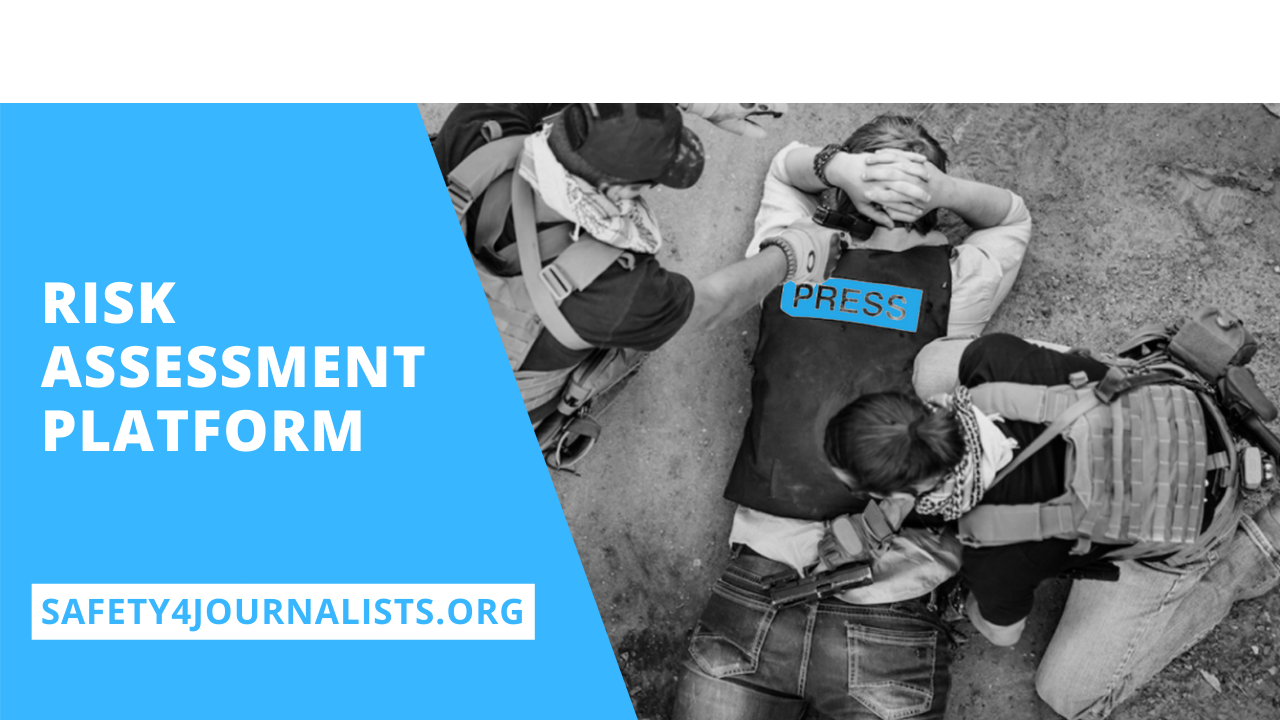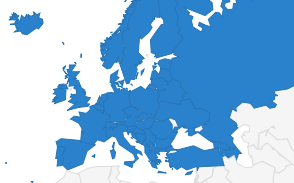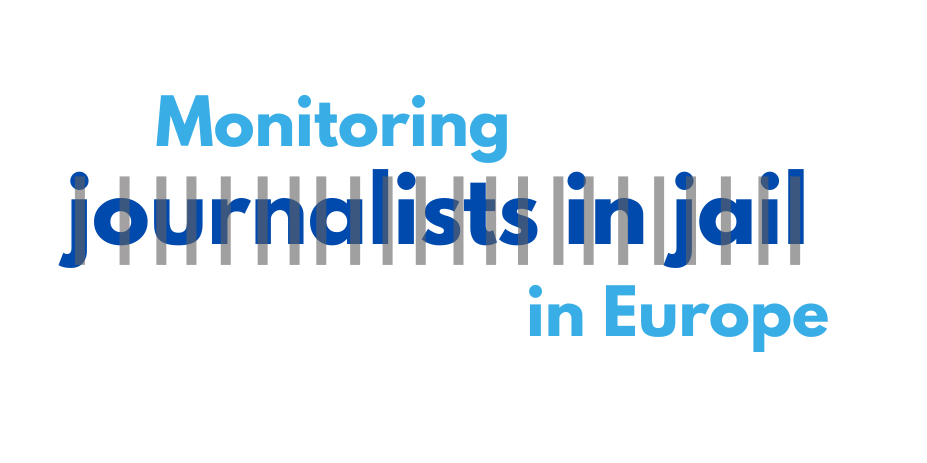The article was originally published here.
The concept of news deserts was initially developed by US scholars and policymakers to explain the crisis of traditional news media and the vanishing of local news outlets as a consequence of the digital transformation and the 2008 global economic crisis.
In an attempt to provide a definition for this concept, some authors have focused on digital accessibility by measuring the availability of broadband and wireless technology in local communities. A second group have focused on linguistic and cultural barriers that leave ethnic communities marginalized and disenfranchised, whereas a third group have concentrated on the quality and quantity of news available.
One of the most widely used definitions, however, is the one proposed by Abernathy (2020), namely that of “a community, either rural or urban, where residents have very limited access to the sort of credible and comprehensive news and information that feed democracy at the grassroots level.” In other words, news deserts can emerge not only in rural areas but also in inner cities, neighbourhoods, and suburban towns.
One common characteristic shared by news desert areas is that they are communities that are struggling economically with populations that tend to have lower levels of income and education compared to the average population (Abernathy (2020).
For the scope of this project, and in line with the methodology adopted by the Media Pluralism Monitor (see the Annex of the MPM2022 Final Report), the CMPF suggests extending the concept and introducing specific criteria that are suitable for the European Union context, thus enabling a more holistic interpretation of the phenomenon.
Therefore, in addition to the traditional dimensions that have been previously included in conceptualised definitions of news deserts (i.e., demography, geography, reach, viability, access), the CMPF will incorporate the dimensions of independence of news production from political interference and sources of local media funding, while considering the distinctive historical, social, political, and cultural context of each member state, region, and local area.
Ultimately, we consider a news desert as a geographic or administrative area, or a social community, where it is difficult or impossible to access sufficient, reliable, diverse and independent local, regional and community media and information. This definition appears to be in line with the great cultural, political and social diversity that must be taken into consideration in the European Union context.
According to this approach, a news desert can be identified not only by the absence or decline of local news outlets in a specific geographic area, but also in areas where local media companies are owned by a limited number of individuals, resulting in a highly concentrated market and a lack of external plurality. Alternatively, a news desert can also be observed in areas where political interference is prevalent resulting in the selective reporting of news or reporting of similar stories (i.e., lack of internal plurality) or where certain communities (e.g. minorities, or lower-income citizens living in rural areas or in the suburbs of big cities) are not able to access information of interest to their social group.
Therefore, the Local Media for Democracy Project considers a news desert as an area where the citizens do not receive public interest information, their right to receive plural and quality information on social and political local questions is not guaranteed, and their so-called “critical information needs” (Napoli, 2016) are not fulfilled.
Tackling and understanding news deserts is of utmost relevance since their existence contributes to cultural, economic, political and societal divides (Barclay et al., 2022), as there is a correlation between the consumption of local news and voter turnout and civic participation (Barthel et al., 2016).
Moreover, the disappearance of journalistic investigation and information leads to a loss of scrutiny of local institutions and national policies and issues, which has consequences for the local area. When local political proceedings and transactions take place without adequate scrutiny, corruption is more likely to flourish readily (Miller, 2018).
Therefore, understanding and identifying the presence of news deserts may help governments, policymakers and civil society to find solutions that will place at the forefront of the debate, the notion that all citizens in a certain community need access to critical information in order to make informed decisions on topics that affect the quality of their lives, such as education, health, public transport, voting procedures, budget issues, and infrastructure.
For all these reasons, tackling news deserts is essential to support the formation of democratic societies.
References:
Judith Miller (2018) News Deserts: No News is bad News (Urban Policy, Manhattan Institute).
Michael Barthel, Jesse Holcomb, Jessica Mahone and Amy Mitchell (2016) Civic Engagement Strongly Tied to Local News Habits: Local voters and whose feel attached to their communities stand out (Report Pew Research Center, Nov. 3, 2016)
Penelope Muse Abernathy (2020) News Deserts and Ghost Newspapers: Will Local News Survive? (Center for Innovation and Sustainability in Local Media, Hussman School of Journalism and Media, University of North Carolina at Chapel Hill).
Philip M. Napoli, Sarah Stonbely, Kathleen McCoollough and Bryce Renninger (2016), Local Journalism and the Information Needs of Local Communities (Journalism Practice, 11:4, 373- 395).
Steve Barclay, Steve Barnett, Martin Moore and Judith Townend (2022) Local News Deserts in the UK: What Effect is the Decline in Provision and Information Having on communities? (Research by the Charitable Journalism Project, June 2022).







